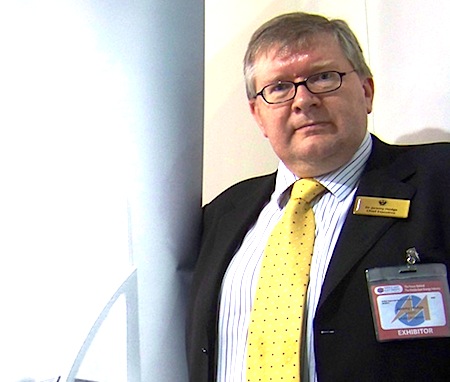
The British Approvals Service for Cables (BASEC) is encouraging cable manufacturers and traders to make more technical information readily available to users of their cable products.

Through its ISO 17025 accredited testing, verification and certification service, the LIA Laboratories provide lighting manufacturers with an independent ‘testimonial’ for their products, giving customers extra reassurance and peace of mind. The LIA laboratories work to build relationships with the supply chain from manufacturers and specifiers, to wholesalers and end users, meeting the needs of the lighting industry effectively.
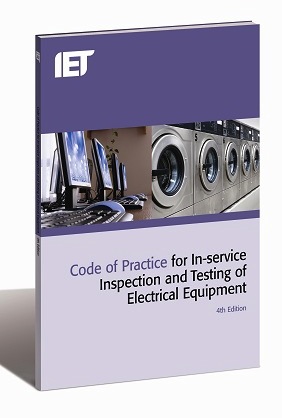
The UK Coalition Government believes that good health and safety is important, but that the burden of excessive health and safety rules and regulations on business has become too great. It claims that a damaging compensation culture has been stifling innovation and growth. It is this view that led to Professor Löfstedt’s report1 and the HSE view that promotes a proportionate risk-based approach when assessing the safety of electrical equipment and appliances, which is the reason behind the publication of the IET’s 4th Edition Code of Practice for In-Service Inspection and Testing of Electrical Equipment.
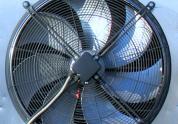
Dangerous copies of safety devices imported from China.
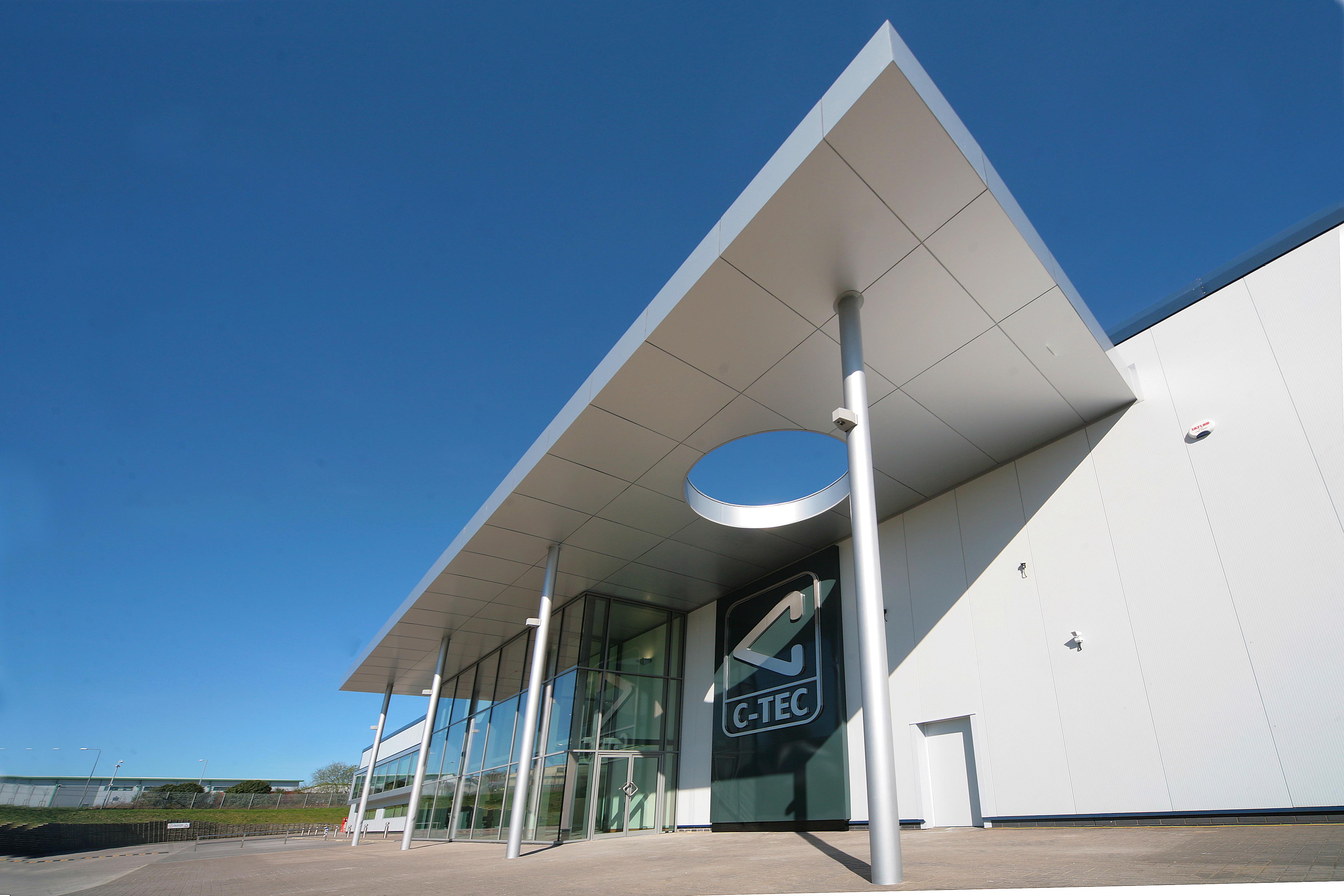
Leading life-safety equipment manufacturer C-TEC has chosen Prysmian’s FP Cables for its brand new headquarters in Wigan.
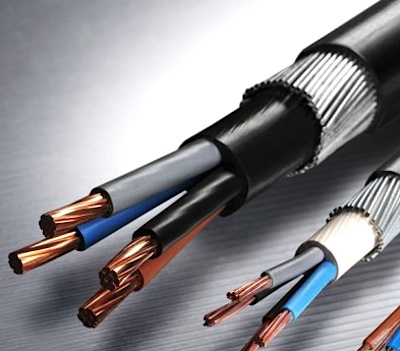
Most building fires are caused directly or indirectly by human error, but a significant number are caused by electrical equipment or installation failure, so cable fire properties are very important. The EU product standard for cables, EN 50575, will be published very soon. This means that all cable manufacturers intending to sell cables for use in permanent installations in European buildings will need to obtain CE-marking.

The publishing in February 2010 of the new BS 8519:2010 Code of Practice led to a number of misleading claims being made for some cables, according to Draka, with the confusion appearing to have arisen from a misinterpretation of the different test methods required for power and control cables.
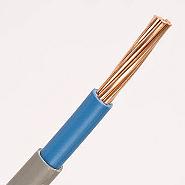
European Harmonised cables are going to be removed from British Standards (BS 6004, BS 7211, BS 6500 and BS 7919), these will now be in the BS EN 50525 series. Also, certain requirements have been changed, as Graham R O’Geran, Operations Manager at BASEC.
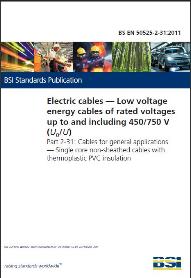
This article, provided by the British Cable Association (BCA) provides a brief but concise explanation of the changes following the issue of the BS EN 50525 series of standards, for wiring and flexible cables up to and including 450/750V. The full series was published on 30th September 2011.
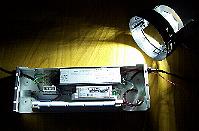
BS 5266-1 has been fully revised to harmonise with European standards and UK legislation. The aim of the recommendations is to encourage application uniformity, based on providing adequate safety to building occupants should there be interruption to the normal lighting for any reason. They also take into account hazard levels and the necessary familiarity of building occupants with the premises concerned. The standard recognises that, as well ensuring a safe unobstructed way of escape from a building at all times, it is essential that emergency lighting enables the immediate location and operation of fire alarm call points and fire-fighting equipment. BS 5266-1 also aims to minimise the possibility of people panicking in enclosed spaces, such as lifts. Now that compliance is judged using risk assessments, ICEL, the emergency lighting arm of the Lighting Industry Association (LIA), provides guidance to the revisions, and to the action that should be taken concerning existing non-compliant sites.

Does your installation comply with the fire safety engineering requirements? Help ensure compliance using FTP120 fire resistant power and control cable systems for life safety and fire fighting applications, says Draka, in this PDF document, which also provides typical power applications within BS 8519-2010.
2013-2025 © Doesitcomply UK. ALL Rights Reserved. Privacy Policy | Terms of Service